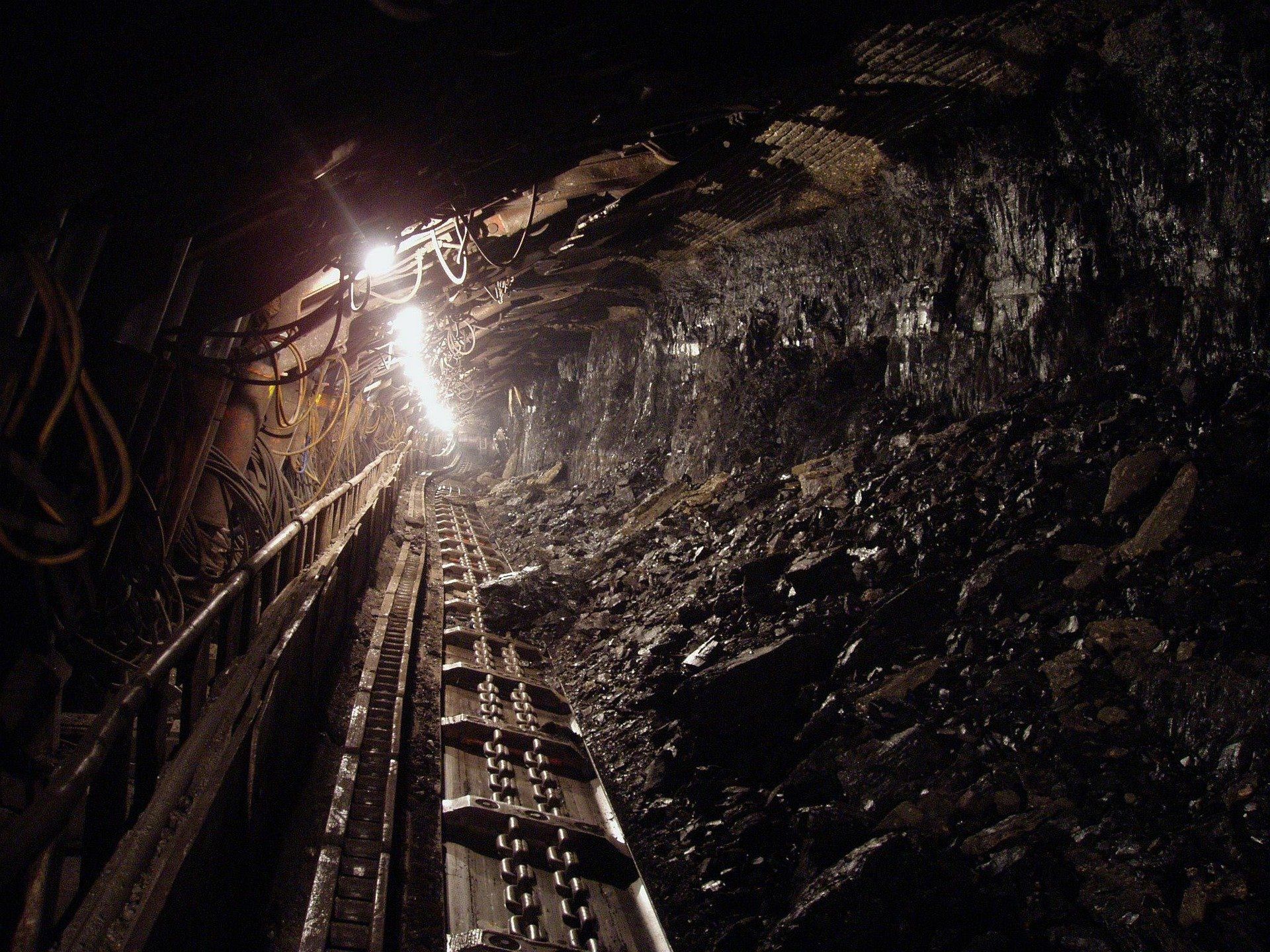Coal is the most valuable source of energy in India as it fulfils about 67% of the total commercial energy consumed in the country. Coal is found in the form of sedimentary rocks and also known as ‘Black Gold’.
Also Read: PIL in Gujarat HC requests to mandate use of natural gas in industries amid coal shortage
India’s coal mining started in 1774 when the East India Company began exploiting the Raniganj Coalfields of West Bengal. India has secured the fifth position in terms of coal reserve in the world after the USA, Russia, China and Australia. It is the world’s fourth largest coal producer after China, the USA and Australia. India is also the third largest coal buyer in the world after China and the USA.
In India, an estimated 319.02 billion tons of coal have been estimated. More than 284,498 billion tons of coal is used as non-cooking coal – it is widely used in power generation, cement production, and fertilizer production.
Also Read: China battles coal shortage, power outages as floods choke mines
In India, Jharkhand secures the top spot in the list of coal reserves estimated to be 83.15 billion tonnes. Jharkhand holds more than 26% of coal reserve as compared to other states.
Also Read: Explained: Why India is facing a coal shortage
Jharia, Bokaro, Auranga, Giridh, Dhanbad, Ramgarh, Karanpur and Hutar are some the coal mines of the state. Most of these coalfields are located on a small strip east to west. Jharia coal mine, located south of Dhanbad, is India’s oldest and richest coal mine with the finest coal in its coffers.
Also Read: What is the Electricity Amendment Bill 2021: Explained
Odisha secures second position in the list with an estimated coal reserve of about 79.30 tonnes. The largest coal mines are located in the Odisha’s Angul and Jharsuguda districts.
Chhattisgarh comes in third place in the list with an estimated coal reserve of about 57 million tons. Korba coal mines considered as the largest coal mines in the state.







